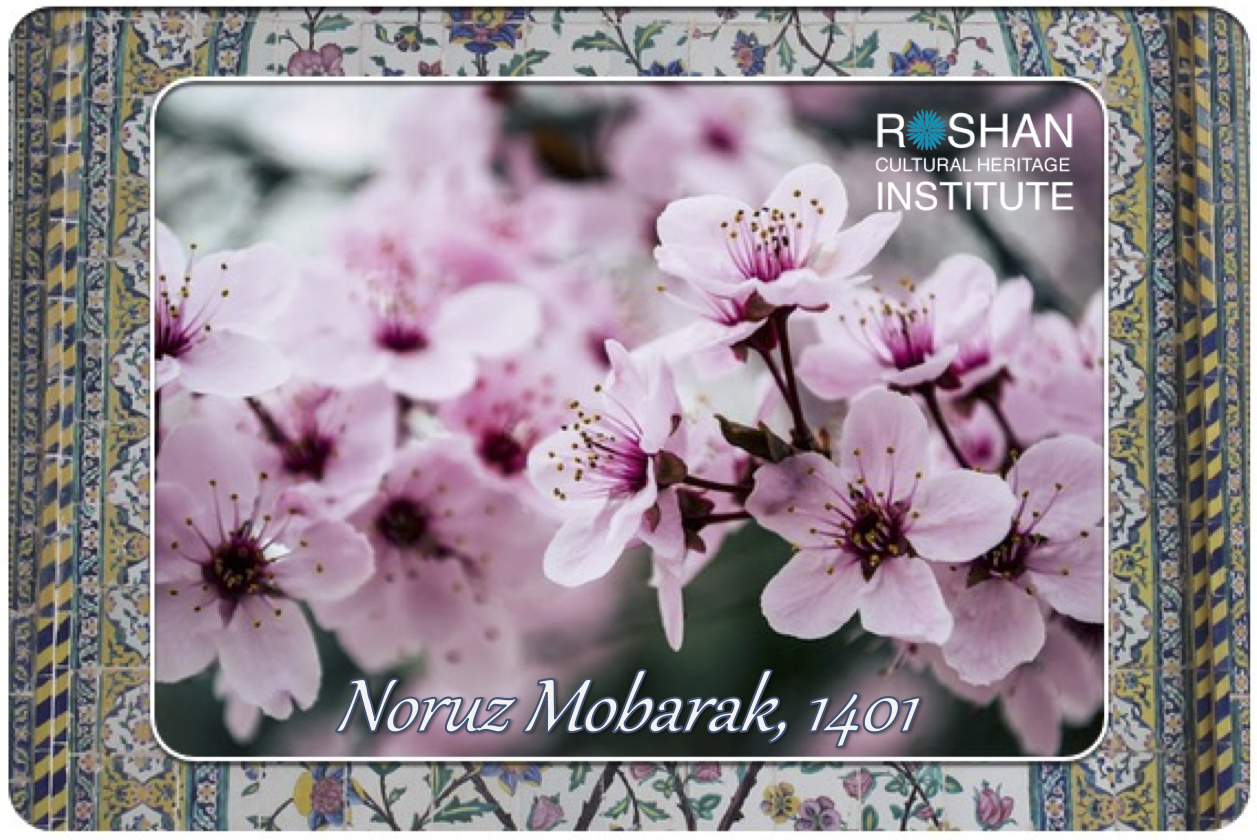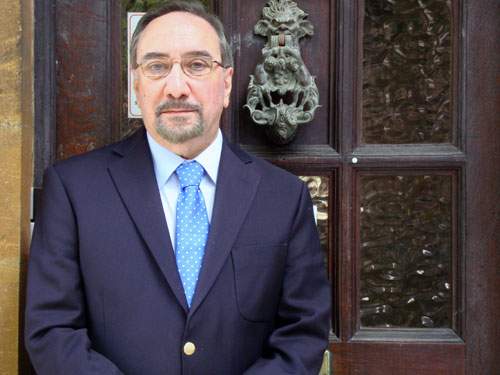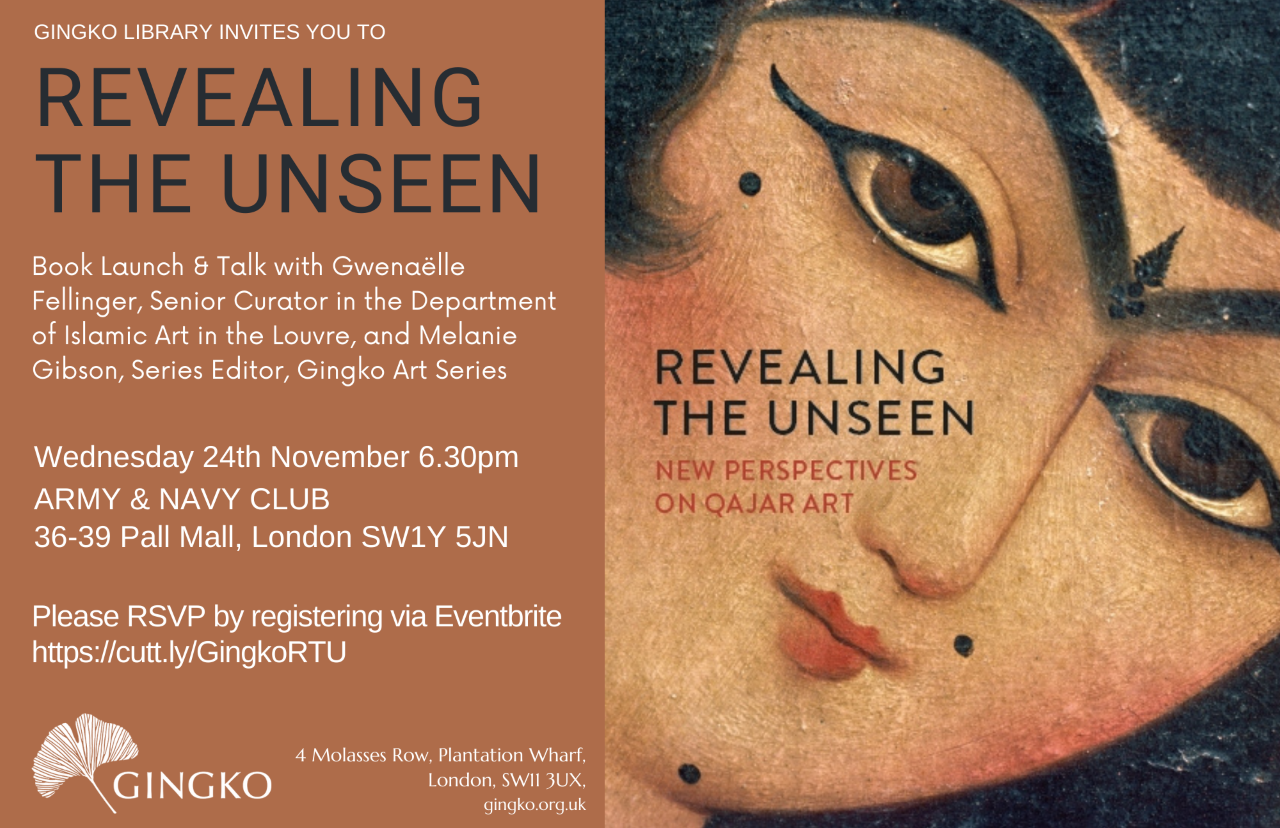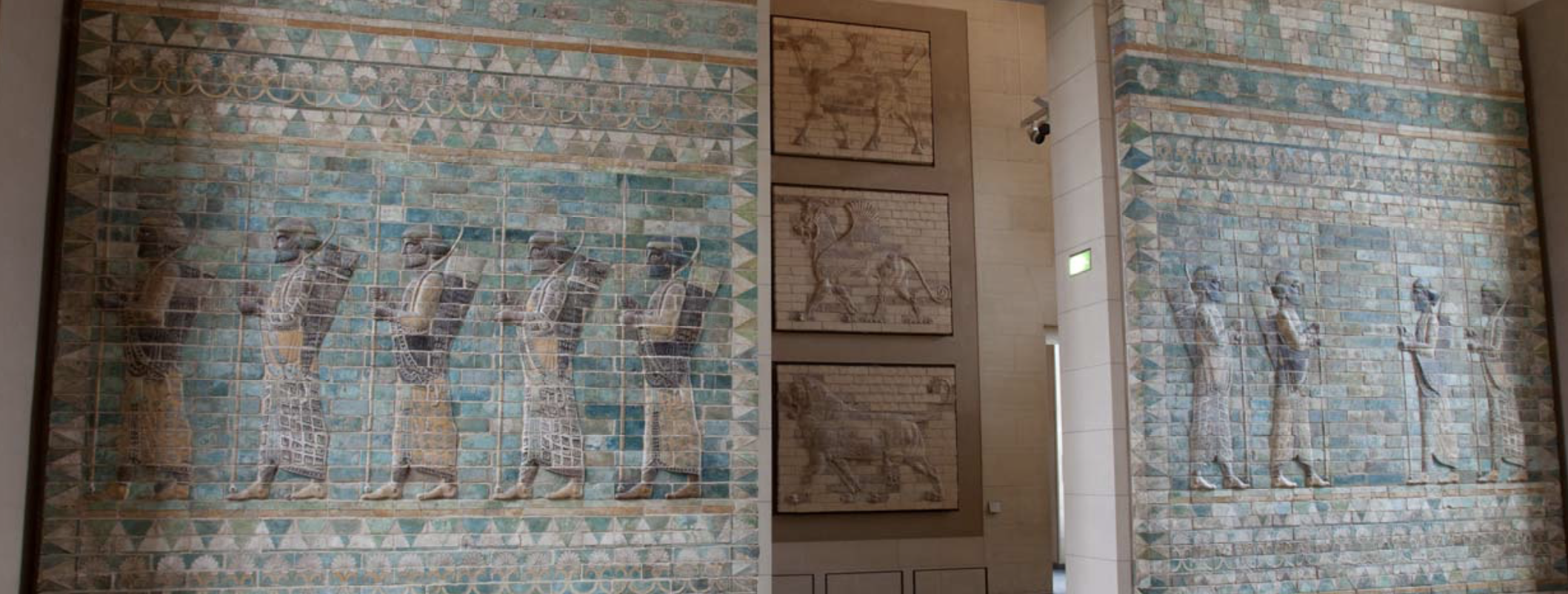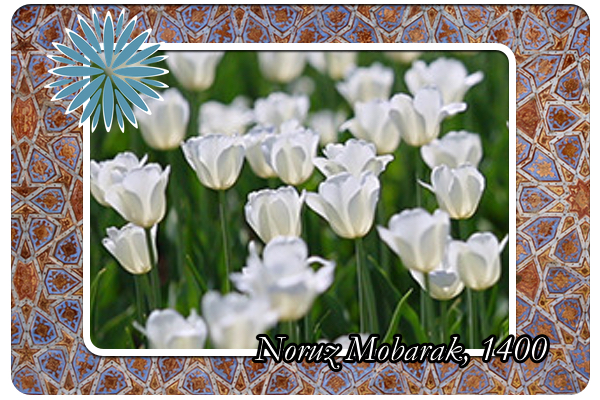Roshan Cultural Heritage Institute extends its best wishes to everyone for the celebration of Noruz 1401.
Noruz – literally “New Day” – is the Persian New Year and symbolizes renewal and rebirth. The celebration of Noruz dates back several thousand years, to the time of the Achaemenids. Noruz starts at the exact instant of the Vernal Equinox, which occurs each year around the 21st of March, the first day of spring. This most important Iranian holiday is a time for family and friends to gather together and is marked with a myriad of activities affecting everything from preparations and celebrations to food, clothing, gift giving, charity, and many other social and family activities.
Haftsin (Haft Seen) is the spread, around which the Family gathers to celebrate Noruz. Iranians take pride in putting together an attractive and elaborate spread to represent both spiritual and worldly symbols promising a happy start of the New Year. The Persian word Haft means seven and Sin refers to the sound /S/ in the language. Usually a nice embroidered fabric is used as the foundation of the spread. On the spread seven specific items starting with the sound /S/ are displayed. The set is prepared a day or two before Noruz and given a place of honor in the house to remain 13 days following Noruz. Additional items are also placed on the Haftsin that will signify renewal, life, happiness, spiritual purity, prosperity, fertility, growth, good health and all things one desires for the New Year. This celebration is one of hope, promise and good fortune to enjoy and share with friends and family.
List of items for Haftsin
# Name Definition Symbolism
1 Sabzeh Spring Sprouts Growth, prosperity and togetherness
2 Senjed Dry fruit of lotus, “mountain-ash” Tart and sweet tastes in life
3 Seeb Apple The oldest beneficial fruit
4 Samanu Wheat Pudding A sweet prepared with the extract of young growth of wheat
5 Serkeh Vinegar An astringent agent, medicinal
6 Somagh Crushed Sumac Berries The oldest beneficial condiment derived from a plant
7 Seer Garlic The oldest bulb with medicinal Value
8 Sekkeh Coins, (Silver and Gold) Permanence and prosperity
9 Sombol Hyacinth Flower Life development: flower from the bulb to the roots
10 Mahi Gold fish Life energy
11 Ayne A Mirror Purity and clarity
12 Sham’ Two Candelabras Spiritual light and warmth
13 Tokhm-e Morgh Decorated Eggs Life in potential
14 Scriptures Koran, Bible, Torah, etc. Blessings and faith
15 Sepand, Esfand Wild Rue Incense against the evil eye that helps the lungs function
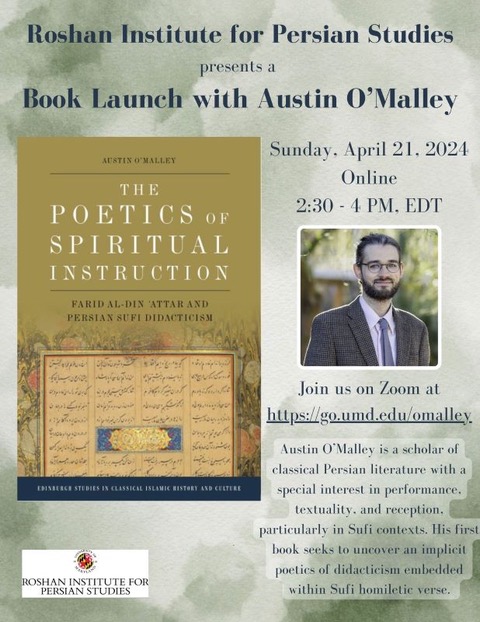

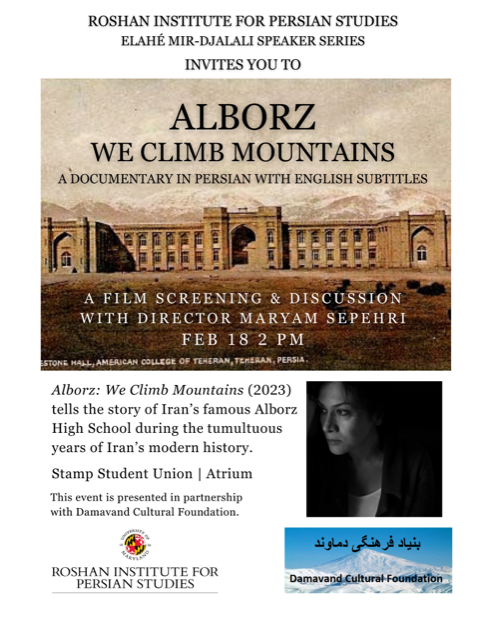
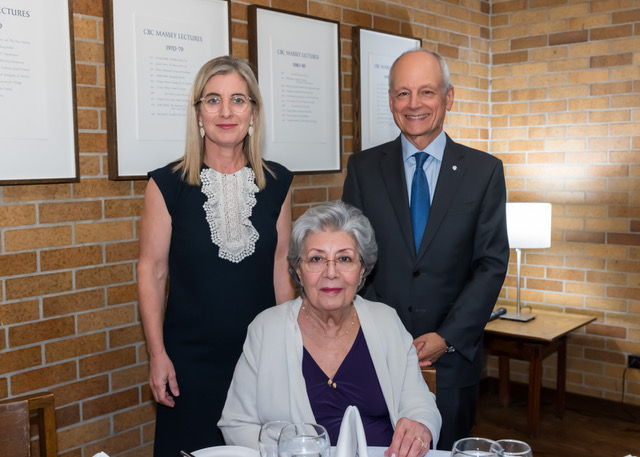
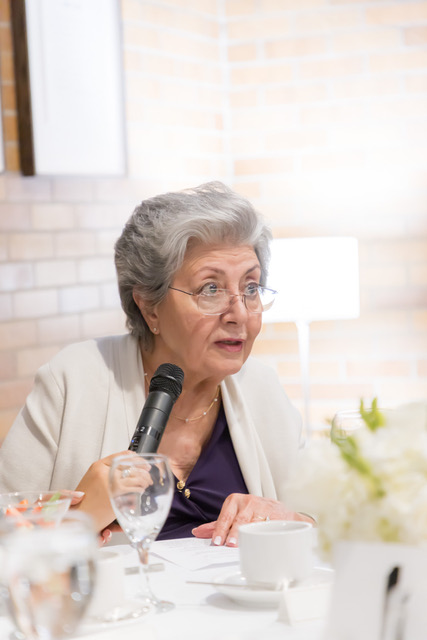
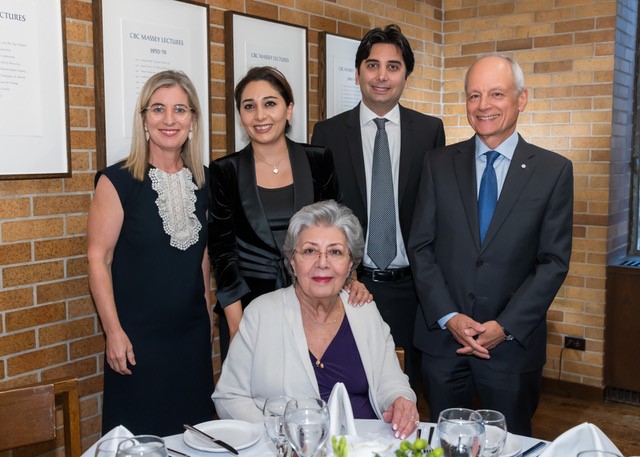
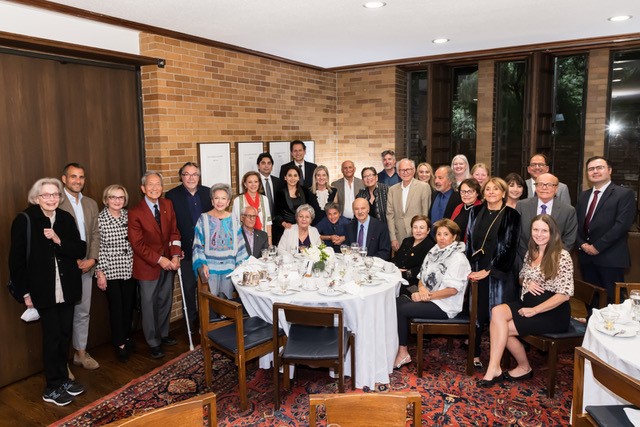
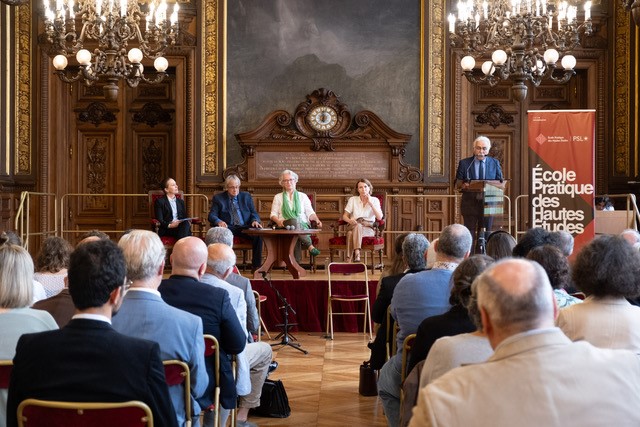
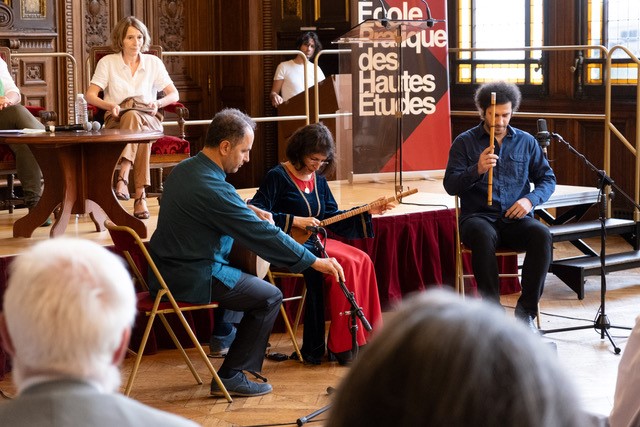
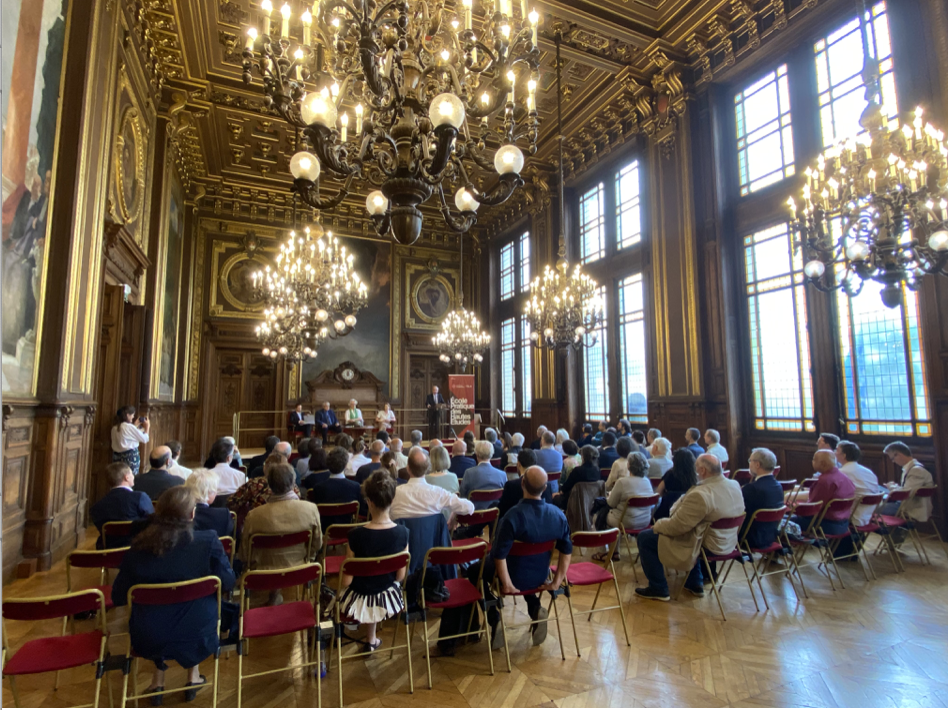
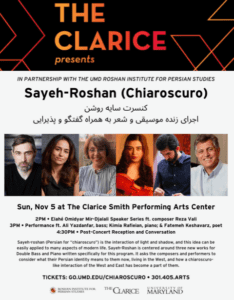
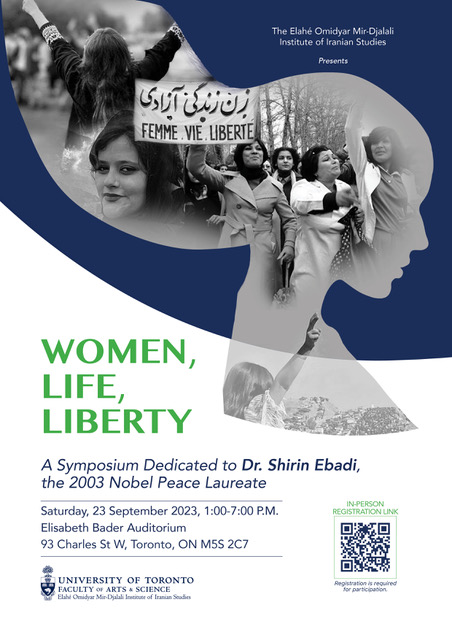
![Zoroastrian Symposium-Program-9 Aug 23[21]](https://roshan-institute.org/wp-content/uploads/2023/09/Zoroastrian-Symposium-Program-9-Aug-2321.jpeg)

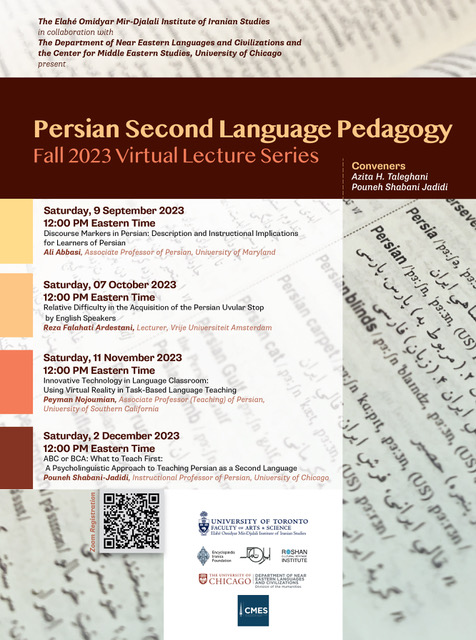
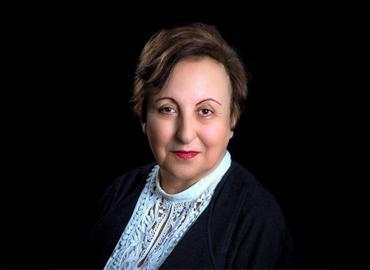
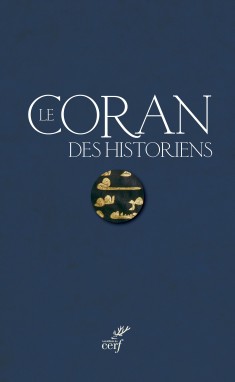
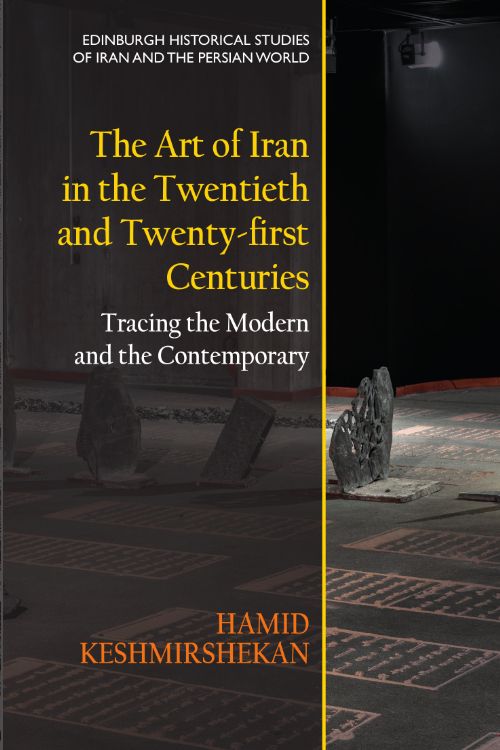
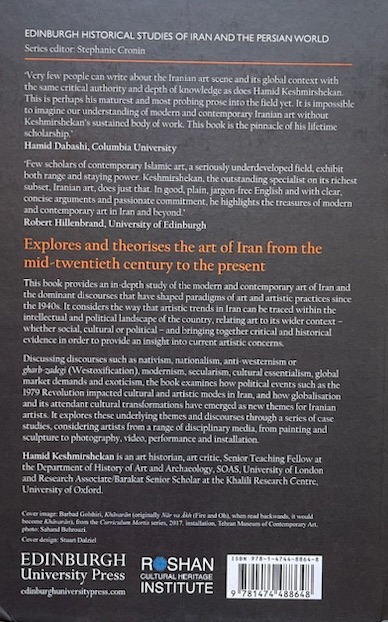
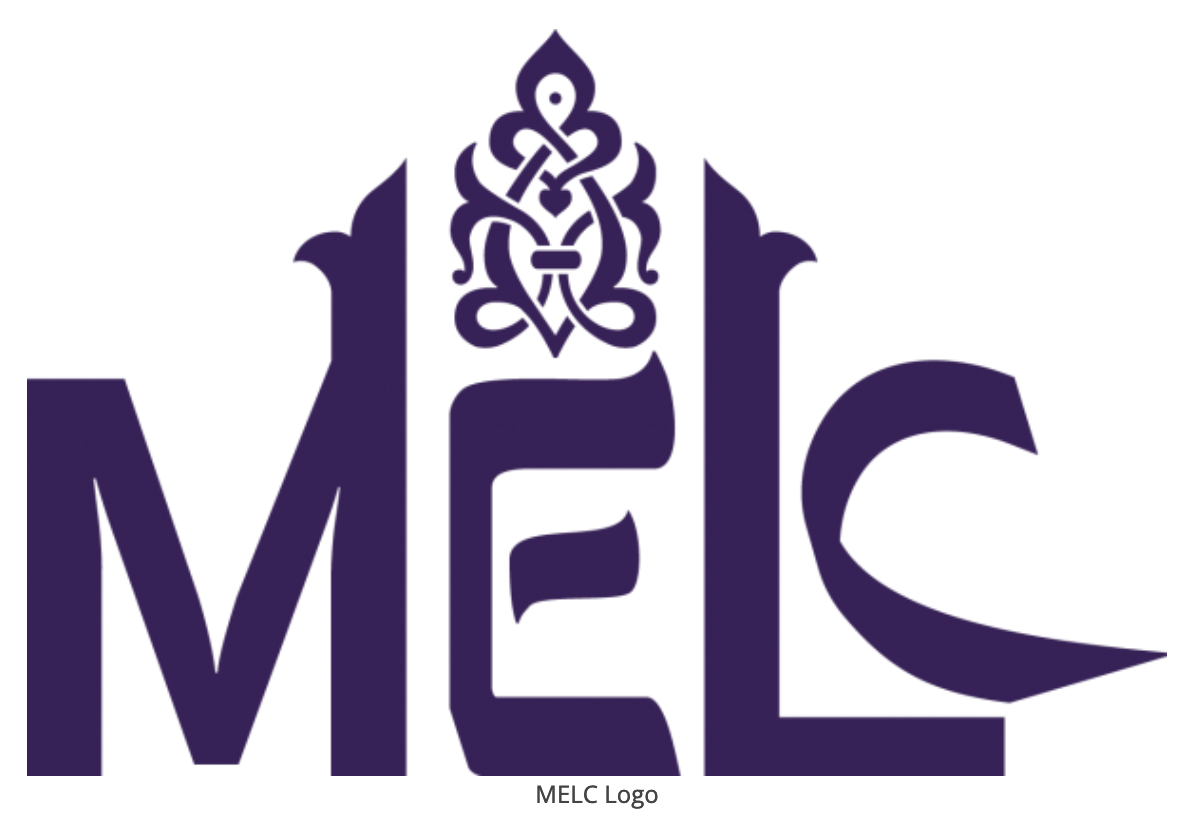



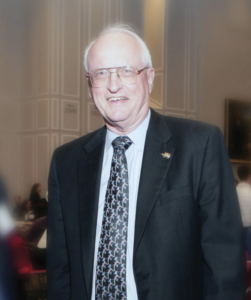 James F. Harris, 81, eminent scholar of 19th-century German history and longtime dean of the College of Arts and Humanities (ARHU) at the University of Maryland, died Feb. 22, 2022, of heart disease at Johns Hopkins Hospital in Baltimore, Maryland. His deanship was marked by numerous academic and philanthropic achievements, including the development of an integrative approach to Middle East studies delivered in part through the creation of the Joseph and Alma Gildenhorn Institute for Israel Studies and the Roshan Institute for Persian Studies, the first centers of their kind in the U.S. under his leadership, the college also collaborated with the UMD Libraries and Office of Information Technology to establish the Maryland Institute for Technology in the Humanities, which has become a leading intellectual hub and international center for digital humanities.
James F. Harris, 81, eminent scholar of 19th-century German history and longtime dean of the College of Arts and Humanities (ARHU) at the University of Maryland, died Feb. 22, 2022, of heart disease at Johns Hopkins Hospital in Baltimore, Maryland. His deanship was marked by numerous academic and philanthropic achievements, including the development of an integrative approach to Middle East studies delivered in part through the creation of the Joseph and Alma Gildenhorn Institute for Israel Studies and the Roshan Institute for Persian Studies, the first centers of their kind in the U.S. under his leadership, the college also collaborated with the UMD Libraries and Office of Information Technology to establish the Maryland Institute for Technology in the Humanities, which has become a leading intellectual hub and international center for digital humanities.